Frequently asked questions
Company News
- Aluminum veneer customization: an artistic journey to create personalized spaces
- Aluminum veneer is not just about walls!
- Aluminum veneer: the green pearl of modern architecture
- Aluminum curtain wall: the fashionable coat of modern architecture
- Customized aluminum veneer, creating a new proposition for personalized space
Industry dynamics
- Aluminum veneer customization, creating exclusive space aesthetics
- Aluminum veneer curtain wall, the fashionable "coat" in modern architecture
- Aluminum veneer adds fashionable and personalized decorative elements to buildings
- Aluminum veneer customization, creating a new proposition for personalized space
- Have you ever thought about what the "coat" of a building looks like? Yes, it's about the curtain
Frequently asked questions
- What impact does the surface treatment method of aluminum veneer have on its price?
- Will the use of aluminum veneer affect the ventilation effect of buildings?
- Can aluminum veneer be applied to the exterior renovation of historical buildings?
- Can aluminum veneer be used for building ceiling design?
- How does the customizability of aluminum veneer affect the appearance of buildings?
contact us
Mobile:+86 15627778610
Email: 2201229786
Address: No. 5 Binjiang Road, High tech Zone, Zhaoqing City, Guangdong Province
What impact does the thickness of aluminum veneer have on architectural design?
- Author: Xinlongtai Aluminum Industry (Guangdong) Co., Ltd
- Release time: February 28, 2025 23:19:06
- Click:0
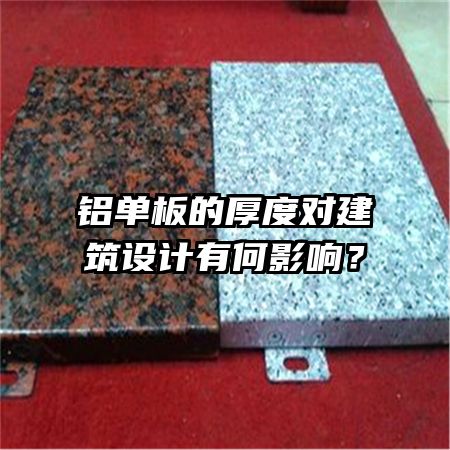
Aluminum veneerWhat impact does the thickness have on architectural design?
Abstract: Aluminum veneer, as a commonly used building material, has a significant impact on building design due to its thickness. This article elaborates in detail from four aspects, including structural strength, sound insulation performance, appearance effect, and cost control.
1、 Structural strength
1. The thickness of aluminum veneer directly affects its load-bearing capacity in building structures. Thicker aluminum veneer can provide higher wind pressure resistance and seismic performance, increasing the overall stability of buildings.
2. At the same time, choosing the appropriate thickness can better adapt aluminum veneer to different building structural forms. For example, in large-span buildings, using thicker aluminum veneers can reduce material deformation and vibration, and improve structural stiffness.
3. In addition, the thickness is closely related to the connection method of the aluminum veneer. Thicker aluminum veneers can be connected using more secure methods such as welding or mechanical connections to increase overall stability and durability.
2、 Sound insulation and heat insulation performance
1. The thickness of aluminum veneer has a certain impact on the sound insulation effect of buildings. Thicker aluminum veneer can provide better sound insulation performance, reduce the transmission of external noise, and provide a more comfortable indoor environment.
2. Similarly, thicker aluminum veneers can also provide better insulation performance. It can effectively block the transfer of heat, reduce indoor and outdoor temperature differences, lower air conditioning energy consumption, and improve the energy utilization efficiency of buildings.
3. However, excessively thick aluminum veneers may increase the weight of the building, resulting in additional loads, which require reasonable consideration and balance in the design.
3、 Appearance effect
1. The thickness of aluminum veneer directly affects its appearance. Thicker aluminum veneer can provide a stronger texture and three-dimensional feel, making buildings more solid and stable.
2. Meanwhile, selecting the appropriate thickness can meet the needs of different architectural designs. For example, in large commercial buildings, using thicker aluminum veneers can create a luxurious and high-end atmosphere; In light steel residential structures, thinner aluminum veneers can better showcase simplicity and fashion.
3. However, excessively thick aluminum veneers may increase the overall load of the building, causing additional pressure on the structure and foundation, and require reasonable balance and consideration in the design.
4、 Cost control
1. The thickness of aluminum veneer directly affects the material cost. Normally, thicker aluminum veneers are more expensive than thinner ones because they are more difficult to produce and process, requiring more raw materials.
2. On the other hand, thicker aluminum veneers may increase construction costs. Due to its large weight, it requires stronger support structures and installation techniques, which increases the complexity and cost of construction.
3. Therefore, in architectural design, it is necessary to comprehensively consider the balance between the thickness and cost of aluminum veneer according to the specific project requirements and budget constraints, in order to achieve the best economic benefits.
5、 Summary:
In summary, the thickness of aluminum veneer has a significant impact on architectural design. It affects the structural strength, sound insulation performance, appearance effect, and cost control of buildings. Therefore, in architectural design, it is necessary to choose the thickness of aluminum veneer reasonably according to specific needs and conditions, in order to achieve the best design effect and economic benefits.

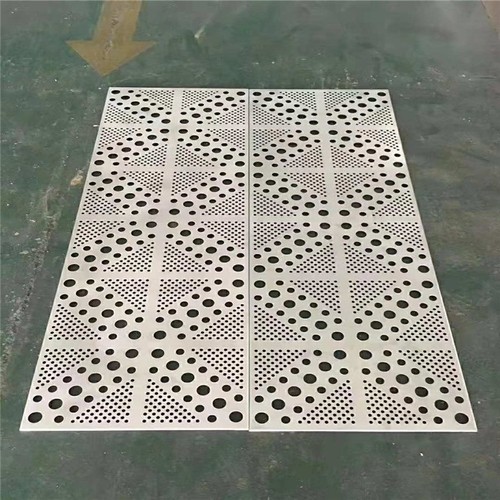
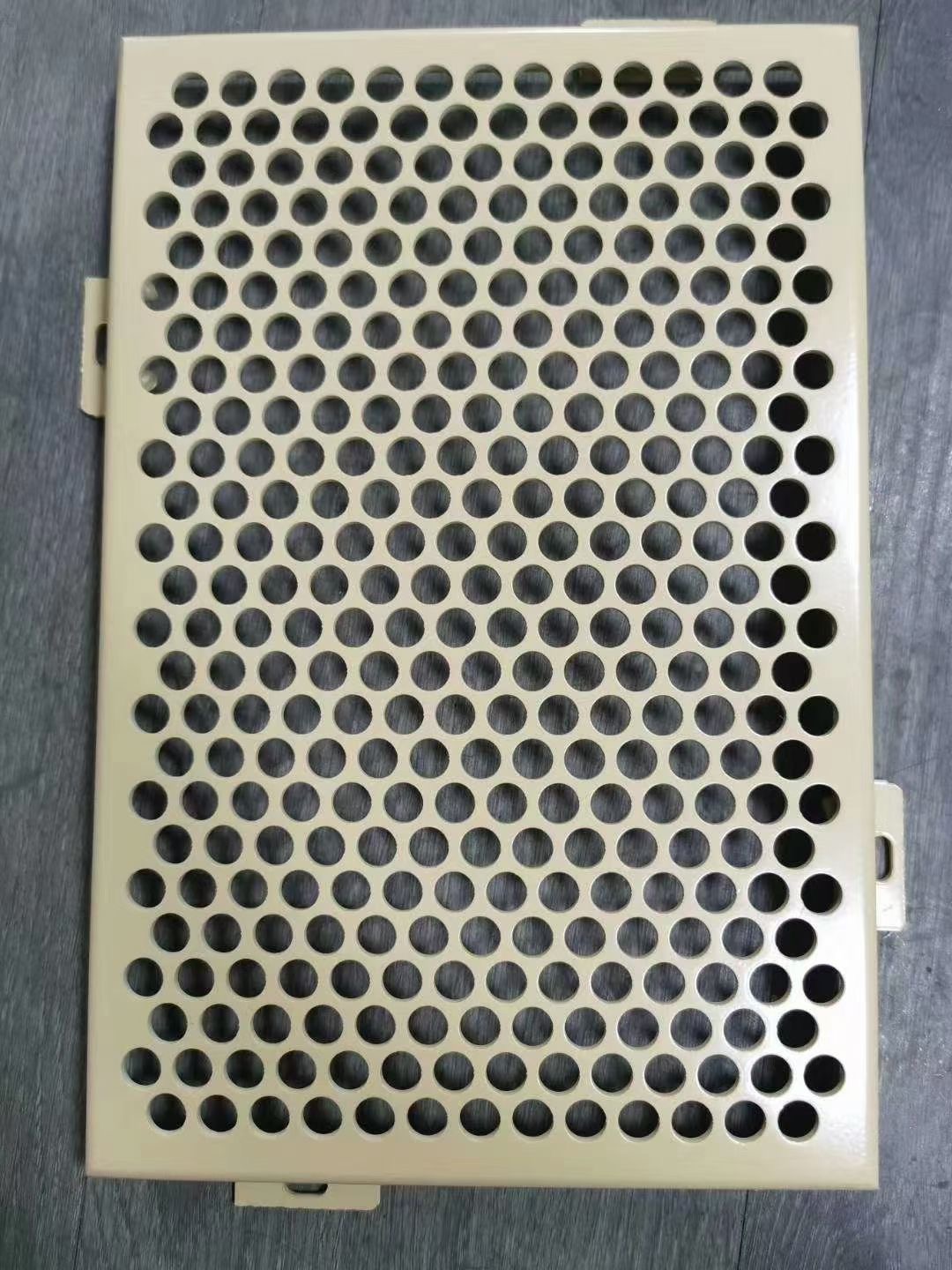
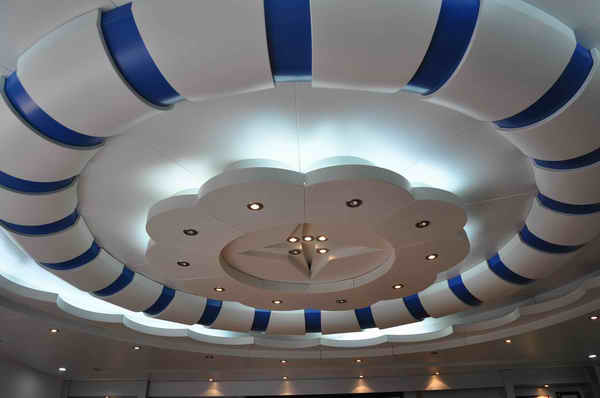
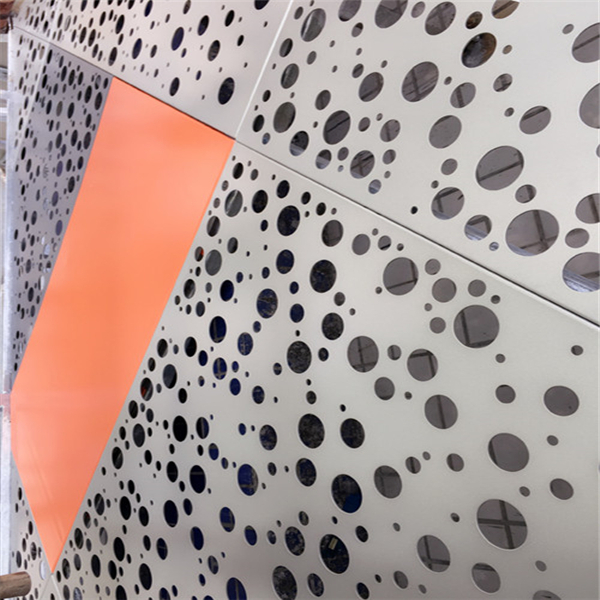
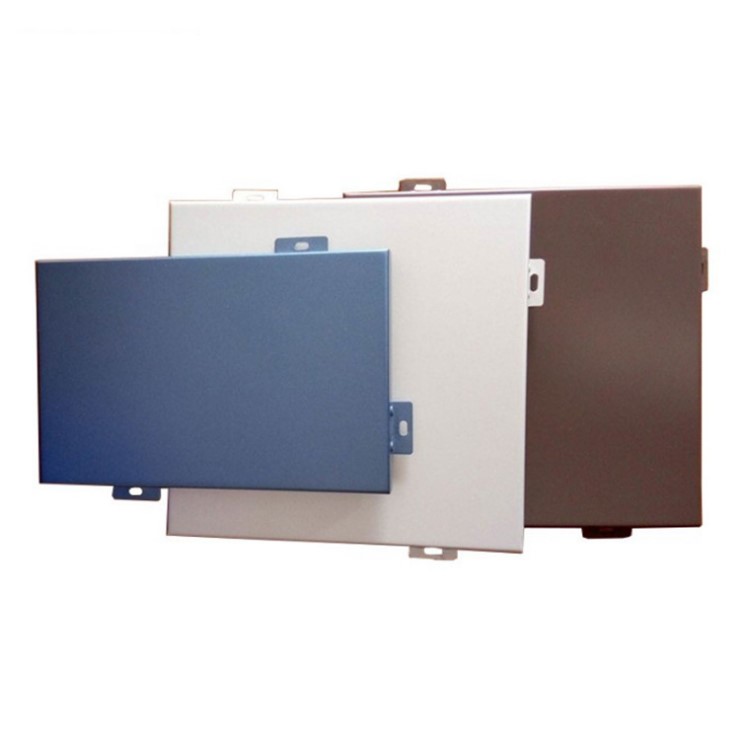
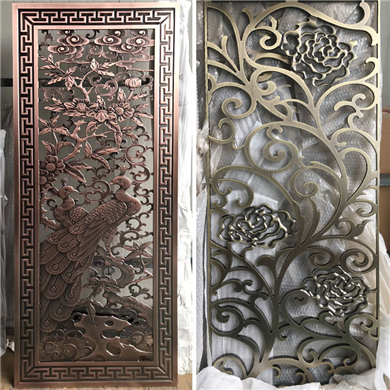
 Customer service QQ
Customer service QQ